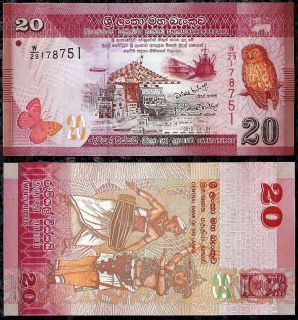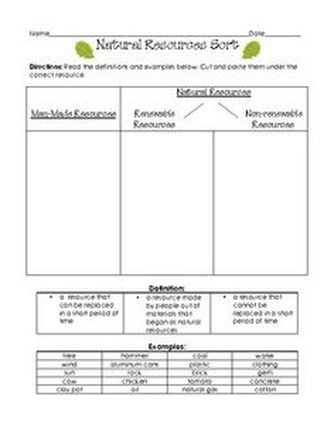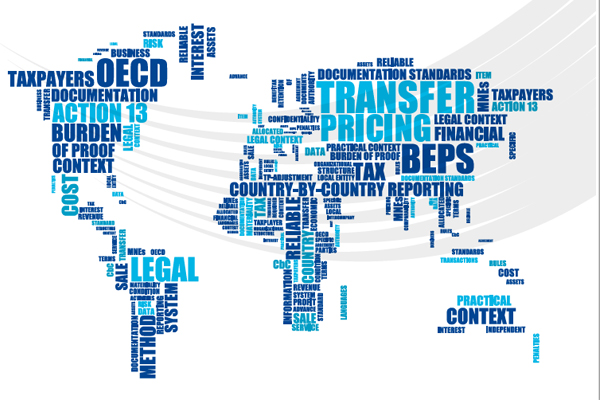MICR Toner for HP LJ 4200, 4300, 4250, 4350, 4345
Content

An accreditation system is used to protect the efficiency of the clearing system. It is necessary because of the large volume of MICR printers in the market. If the MICR is not acceptable, the vast number of documents with MICR encoding can lead to serious financial security breakdown. The accreditation criterion focuses on page description language (PDL), magnetic toner, the print engine, the CMC-7 or E-13B fonts, and the operating system. Banks usually use MICR line numbers to minimize exposure to check fraud by sending them to the central processing system at the close of a business day.

Since MICR technology helps detect and prevent fraud, banks and other financial institutions use it to minimize losses. A variety of financial documents in the United States are encoded with MICR technology. Credit card invoices, direct mail, coupons used for rebates, and negotiable orders of withdrawal (NOWs) may also use the technology. They validate the check and finalize the transaction, deducting the correct amount from one account and crediting it to another.
Key Differences between the OCR and MICR
It caused a lot of problems and intrigued confusion when one bank’s check was deposited into another bank. In other countries, such as Germany, OCR (Optical Character Recognition) has been chosen for check processing. This is a special technology that is used to print identification information usually, at the bottom of the cheques. We at Advantage Laser Products are jumping on the AI bandwagon and doing some Q&A with copy.ai for a few blog posts.
- It allows the computer to rapidly affect a check number, account number, and other information from printed documents, such as a personal check.
- This became the industry standard later, being recognized by the American National Standards Institute (ANSI).
- MICR must also be used to eliminate the possibilities of human errors and initiate quicker transactions that are impossible to achieve in manual processing.
- Most OCR systems simply recognize numbers, and only a few may understand the full alphanumeric range.
Our platform is user-friendly and can print acceptable checks that are compliant with the MICR guidelines. Moreover, there was no such system universally accepted until this point in time. The American National Standards Institute (ANSI) declared the MICR line as an industry standard for all American banks. Check out our pre-printed checks with MICR encoding already done for you. There are two different fonts they use, E-13B or CMC-7, depending on the banking standards of a country.
MICR (magnetic ink character recognition)
Another key advantage of magnetic ink character recognition is that it has a small reading error rate. One of the most notable benefits of the MICR line is its ability to facilitate the use of routing numbers. In the U.S., banks and financial institutions use a specific nine-digit numerical code to process checks and clear funds. The MICR number, which is sometimes confused with just the account number, is printed on the check using magnetic ink or toner, less than an inch above the bottom of the document. However, the MICR line comprises unique magnetic ink characters designed to detect and curb fraud. For example, the use of unique fonts and special magnetic ink in the MICR line makes it hard to forge checks.

Losses caused by different types of fraud can be detected and reduced by using the MICR line. For example, a bank may incur a loss when it fails to verify the legitimacy of a photocopied check encashed by a fraudster. The control characters bracketing each numeral block are transit, on-us, amount, and dash. MICR code is presented next to the 6-digit number called the cheque number.
MICR printing and document security
Magnetic ink character recognition readers are the primary tool used for check sorting, processing and validation. When scanning a document such as a check, MICR readers magnetize the ink and detect the MICR characters. As each character passes over the reader head, a unique waveform is produced, which is used to identify the check. Magnetic ink character recognition works by printing a MICR line on a check using magnetic ink or toner. The magnetic ink, which usually contains iron oxide, enables a computer to read the MICR numbers, even if they’ve been covered by marks or writing.
Magnetic ink character recognition, or MICR (pronounced MICK-er), is a technology used by banks to make the processing of paper checks easier. The MICR line is a row of numbers and characters at the bottom of a paper check. Those characters provide information about the account the check is drawn on. One of the advantages of the magnetic ink character recognition line is its capacity to shortly facilitate the usage of routing numbers. As it seems on the entrance of a verify verify, the routing quantity represents the bank that holds the account from which funds are to be drawn. A magnetic ink character recognition line (MICR) is a line of characters on a check printed with a unique ink that allows the characters to be read by a reader-sorter machine.
Banks and financial institutions use MICR technology to facilitate the processing of checks. It was established in the late 1950s by the American Bankers Association. The American National Standards Institute later adopted the MICR line as the standard industry tool for proofing. The MICR digital numbers are sensitive to the magnetic field and are printed using technology with a special ink recognition line to allow the readability of characters. You are not automatically married to ink when using MICR printing techniques, as there are also laser MICR printers that use toner for check printing and the like.
Special Considerations
The former is commonly used in parts of South America and Europe, while the latter is mostly used in North America, the U.K, and Australia. Both inks can help computers recognize forged and counterfeit checks by failing to respond to the magnetic field. MICR lines help facilitate automatic check-clearing when banks send their checks to central processing systems at the end of the day.

It allows a computer to quickly scan the check and enter the information into records, even if the computer does not have sophisticated visual identification software. Several companies make the sorters that are used in the processing of cheques. Other countries set their own standards, though the MICR readers and most other equipment were US manufactured.
THE QUESTION : The MICR what for today?
Regular folks do not easily duplicate the magnetic ink used with this type of printer, and neither is the string of numbers on the bottom of checks. Banks and financial institutions all over the world have been using this type of printer to print checks and related financial documents for decades. MICR encodes essential check details like the account number and bank routing number into magnetic ink to be printed on a check.
- Moreover, there was no such system universally accepted until this point in time.
- In conclusion, MICR toner is a secure, reliable, and cost-effective option for printing checks and other financial documents.
- However, having a big stack of blank checks lying around is just asking for trouble.
- Regular folks do not easily duplicate the magnetic ink used with this type of printer, and neither is the string of numbers on the bottom of checks.
MICR technology has been adopted in many countries, with some variations. The E-13B font was adopted as the standard in the United States, Canada, United Kingdom, Australia and many other advantage of micr countries. MICR readers and printers are expensive and the system can only
accept a few characters. It works by using a magnetic field to read the magnetic particles in the ink.
Drawbacks or disadvantages of MICR
Introduction of the MICR reader-sorter process allowed check processing to be automated while making it more difficult to counterfeit checks. The MICR system was developed by this committee and was first introduced in the late 1950s. It used magnetic ink to encode information on checks and other financial documents, making it possible to process them quickly and accurately using machines. The system was an instant success and quickly became the standard for check processing in the banking industry. As previously mentioned, the primary use for MICR models is to reduce the chances of check fraud.
You can integrate our platform with your accounting software to automate everything and get everything done using online means. All you need to do is add your digital signature, account details, and bank routing information. MICR, though predominantly used in the banking industry, also has other applications where there is a requirement of high security. One of the main benefits of a MICR line on a cheque is that it has the bank routing number printed on it. This makes cheque processing very fast as the banks are automatically identified and the amounts processed.